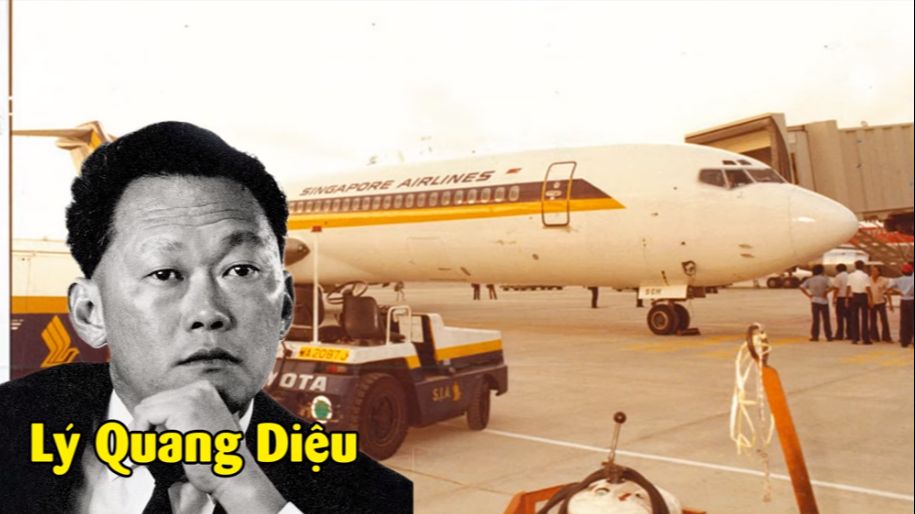Lesson on profit from former Prime Minister Ly Quang Dieu
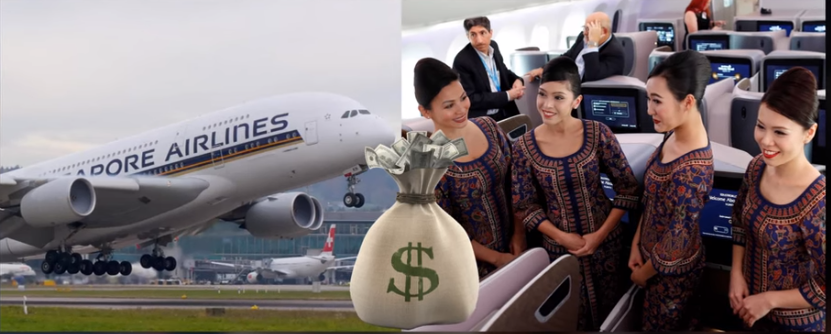
Information about the state-owned airline Singapore Airlines SIA rewarding 8 months' salary to employees after achieving a record profit of 2 billion dollars has caused a stir and attracted attention, especially in the aviation industry. Few know that to achieve success as today, SIA has gone through a challenging and challenging journey. Starting as a small airline, SIA faced numerous difficulties in the early years of establishment, even in 1980, this prestigious state-owned airline fell into crisis and needed the direct intervention of the then Prime Minister of Singapore, Mr. Ly Quang Dieu.
Under the leadership of Mr. Ly Quang Dieu and the right policies of the government, along with the relentless efforts of the leadership team and employees, SIA has gradually overcome difficulties to become one of the best airlines in the world. What is even more admirable is that SIA has not only succeeded in positioning its brand but also maintained impressive profitability, proving an efficient and sustainable business model.
The story of SIA's remarkable transformation from a small airline to a shining star in the global aviation industry is a clear testament to the far-sighted vision and steadfast determination of former Prime Minister Ly Quang Dieu. At the same time, it is a valuable business lesson for enterprises, especially state-owned enterprises, on achieving profit goals and operational efficiency from the early days.
Stacked difficulties
An article in the South China Morning Post revealed the challenges that the state-owned airline Singapore Airlines had to face in the early stages of its establishment. Not only lacking experience in the aviation industry, SIA also had to grapple with the problems of capital shortage and infrastructure, the leadership team of the airline at that time, although some understood aviation operations in the region, lacked international experience.
The challenge became even more daunting as Singapore in the 1970s was still a small island nation not widely known. The narrow domestic market put SIA at a disadvantage in negotiations for air routes with other countries. Without establishing an international flight network, SIA would be just an empty shell with planes sitting idle on the ground. At that time, SIA also faced fierce competition from the state-owned airline Malaysia (Mas) while having too few aircraft.
However, the Singapore government chose a bold approach by not pouring capital to support SIA in buying more planes. The leaders of Singapore were very clear that the country's economy still faced many difficulties, and the leadership of SIA had to find ways to survive on their own. In the face of this situation, the leadership of SIA focused on research and outlined the first three strategic steps to develop the state-owned airline without relying on the state budget.
- Step one: Develop international premium airline services. Instead of limiting itself to a small domestic market, SIA aimed at the high-end customer segment, providing quality international airline services.
- Step two: Increase business efficiency. SIA focused on optimizing operations, reducing unnecessary costs, and improving resource utilization.
- Step three: Expand the SIA brand globally. SIA proactively established an international flight network to promote the brand to customers worldwide.
To realize this strategy, SIA had to rely on the government to guarantee a $70 million loan from Eximbank to buy the first Boeing 747. This was a bold decision due to the large loan amount. However, the leadership of SIA carefully studied and realized that to develop international airline services, they needed a world-class aircraft.
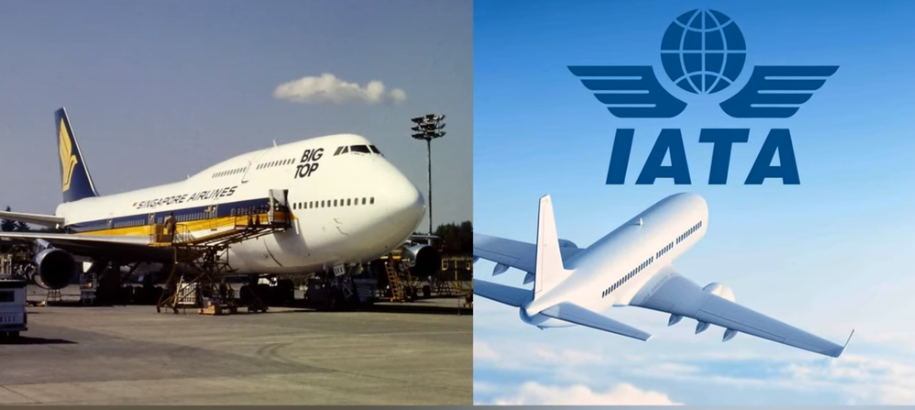
Not only that, SIA also decided not to join the International Air Transport Association (IATA) because they believed that the organization's regulations were hindering the improvement of the airline's service quality. For example, IATA required airlines to charge for drinks and headphones on flights, while SIA wanted to provide these services for free to customers. The Chairman of SIA at that time, Mr. J.Y. Pillay, said, "So we decided not to join IATA so that we can do whatever we want. For example, provide free drinks and headphones. This decision of SIA to go against the tide faced many difficulties as they were not protected by IATA.
SIA was accused by many countries of undercutting ticket prices. German aircraft conducted an investigation into SIA for predatory pricing, while the Netherlands even blocked passengers from boarding SIA flights to check ticket prices and prevent anyone from buying tickets below the prescribed price. In 1978, Australia also restricted SIA's operations to protect the domestic aviation industry. However, the most severe crisis that SIA had to face was in 1980 when former Prime Minister Ly Quang Dieu had to intervene personally.
Turning point of Singapore Airlines
In 1980, Singapore Airlines SIA faced a turbulent year, with the airline's profits plummeting due to intense competition from Australia. Internally, the airline was also unstable as many employees, especially pilots belonging to the Singapore Airline Pilots' Association (SIAPA), collectively protested for higher wages and improved working conditions. Specifically, SIAPA demanded a 30% salary increase and some adjustments to improve working conditions for pilots. To exert pressure, SIAPA launched a minimum work campaign. According to this campaign, pilots would only perform what was stipulated in the contract, instead of working overtime to increase income as usual. Although this campaign was not a complete strike, it significantly affected the operational efficiency and profitability of SIA.
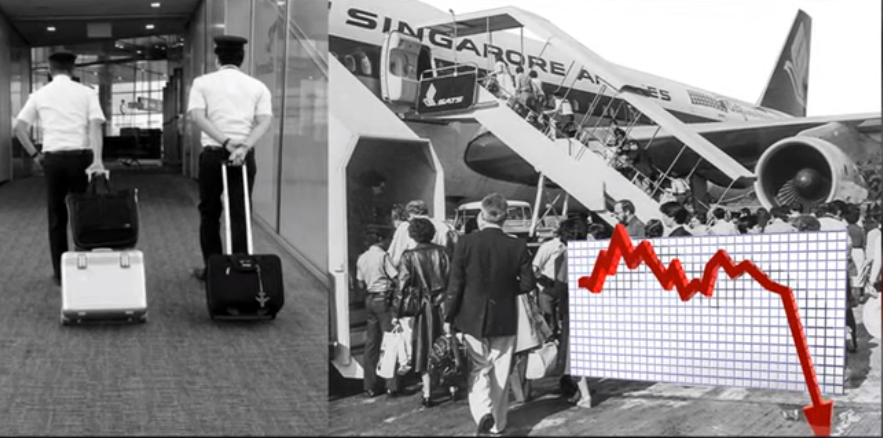
The shortage of pilots willing to work overtime led to many flights being delayed or canceled, causing damage to both the economy and the reputation of the airline. The situation reached its peak on November 16, 1980, when three SIA pilots and the entire technical team on a flight from Dubai to London decided to strike during a layover in Zurich. This group refused to work more than 12 hours as agreed in the contract, despite the flight not being completed. This action not only caused significant financial losses for SIA due to compensating passengers and facing the risk of lawsuits but also seriously affected Singapore's international reputation.
In response to this situation, on December 1, 1980, Prime Minister Ly Quang Dieu directly invited SIAPA leaders to the office to resolve the issue. This tense meeting put an end to SIA's crisis. During the meeting, Prime Minister Ly Quang Dieu clearly showed his firm stance. He directly dialogued with the pilots without any intermediaries to show his determination to resolve the issue decisively. He gave SIAPA two choices: immediately stop the minimum work campaign because it was pushing SIA to the brink of bankruptcy, damaging Singapore's fledgling aviation industry and harming the country's reputation. He made it clear that within just two weeks of the campaign, SIA had lost millions of dollars in revenue and promotional costs. The second choice was to continue the confrontation, and he would teach them a memorable lesson. He affirmed that he would do everything with the support of the Singaporean people to make SIAPA regret, stating that he was ready to rebuild SIA from scratch with or without their participation. He asked SIAPA to carefully consider either immediately stopping the campaign, returning to work, restoring labor discipline, and then sitting down to negotiate union terms, or facing unforeseen consequences.
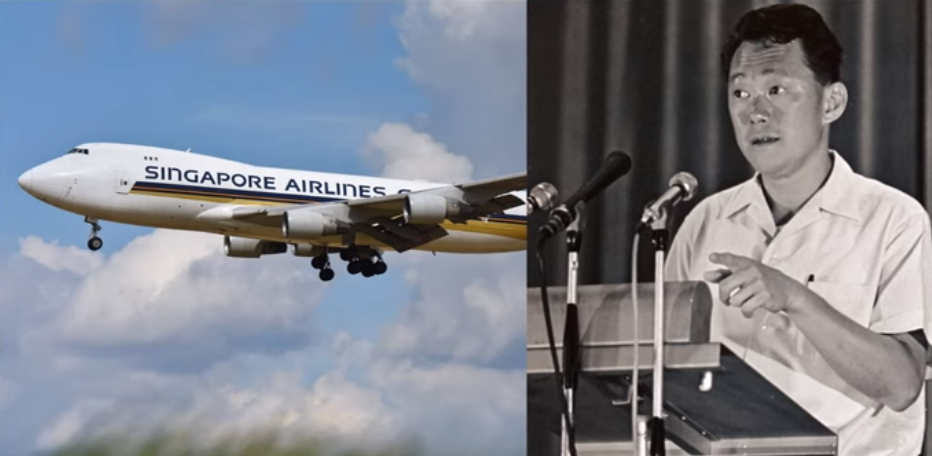
As a result, after 65 minutes of tension, SIAPA accepted the compromise. The reason was simple: they knew they would lose, they understood that Prime Minister Ly Quang Dieu was not someone easy to negotiate with, and he could fully carry out his threats. The far-sighted vision and iron determination of leaders like Prime Minister Ly Quang Dieu laid a solid foundation for the miraculous development of SIA, from a fledgling airline facing countless difficulties to becoming one of the best national airlines in the world. The success of SIA is clearly evidenced by impressive figures. In the financial report from 2023 to 2024, SIA announced a record profit of 2.68 billion SGD, equivalent to 1.99 billion US dollars, a 24% growth compared to the previous financial year.
In June 2023, SIA was once again honored as the best airline in the world at the Skytrax 2023 World Airline Awards. This was the 5th time SIA received this prestigious award, affirming the airline's leading position in the global aviation industry.
